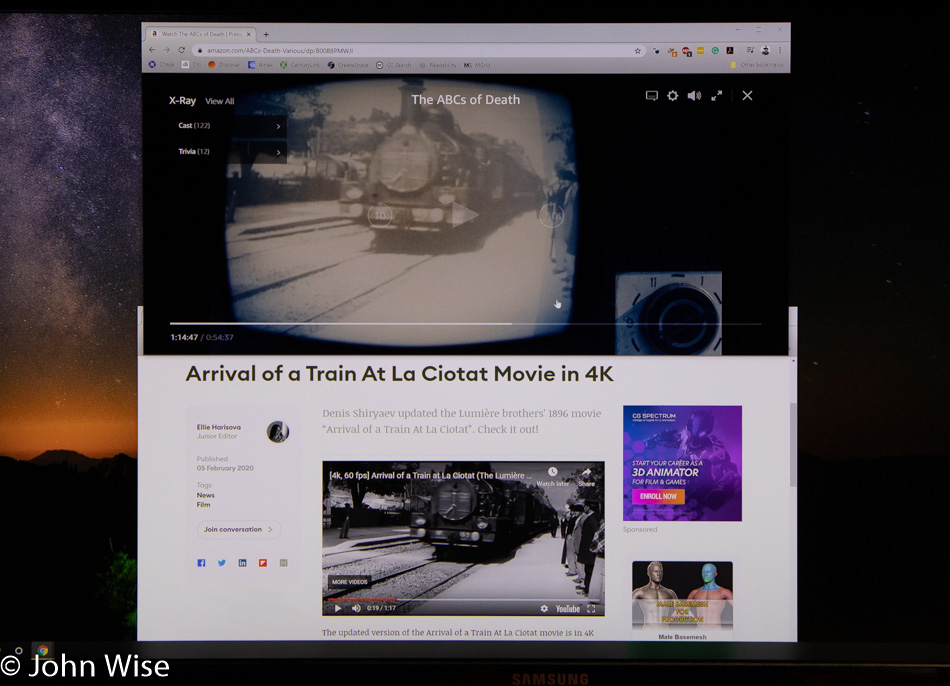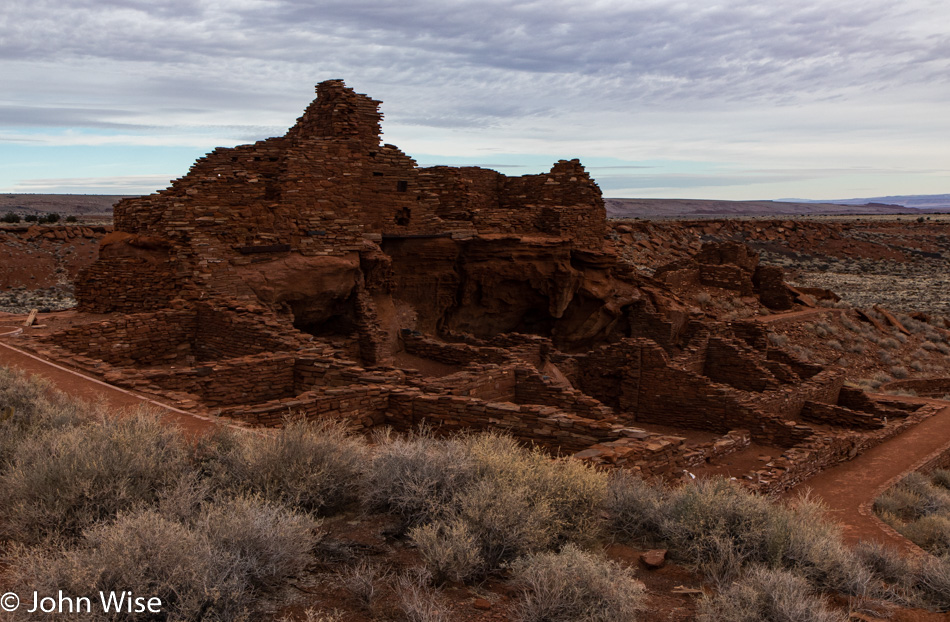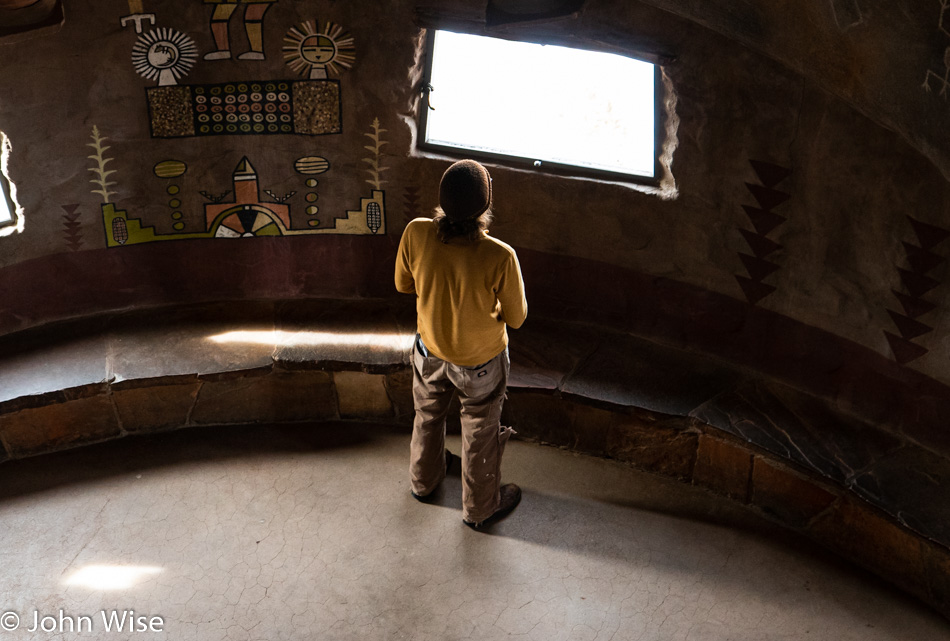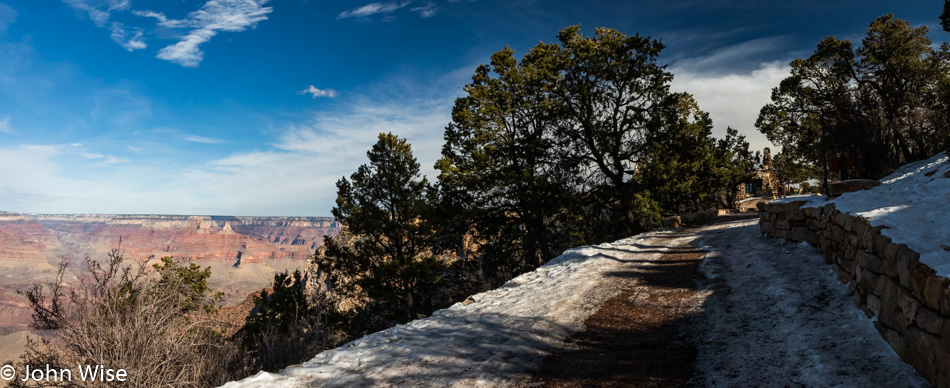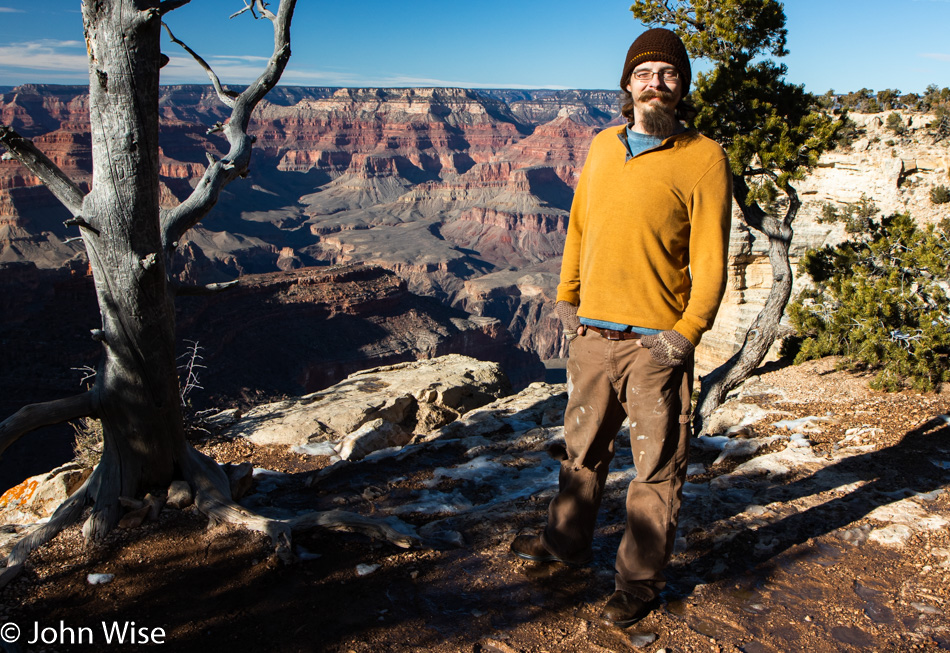
Maybe this is a horrible admission, but I’m obviously not alone in this morbid curiosity that leads to today’s blog post: I watch some of the worst gore videos there are on the internet.
I hate to admit this publicly, as I’m certain that a majority of people would wonder out loud how in the world I can stomach some of the atrocities I’ve seen. The reason this is a topic is that it’s dawned on me how truly perverse these gore videos really are, and they are not made more so because I or anyone else looks at them. Morbid curiosity has always been a part of the human condition, though technology has brought the ability to witness it to extraordinarily convenient levels.
One could argue that by consuming the most atrocious gore content, those consumers are fueling the suppliers of the carnage, but that would be constructing a straw man fallacy. There’s something far more interesting going on in our world, and it’s not that some people are watching beheadings, dismemberments, people on fire, or accident victims gasping their last breaths.
Consider for a moment that all around our earth, when these events are happening, there are people at the ready, armed with cameras in their phones, recording this stuff. Not just one person typically, but multiple people have their phones out and are getting up close to capture the gruesome details. At least one of those capturing the ghastly scene obviously has an inkling of where to share this footage because it seems like nothing is held back.
What’s going on in their minds that when, upon finding themselves in a situation where one might think “normal people” would recoil at the horror, these spontaneous amateur journalists move in close to find intimacy in someone else’s pain or death? It’s not like YouTube is an avenue for this kind of footage; one must have some idea that the file now on their phone has some value on the internet.
One could argue that the most wretched people are moving about, lying in wait for this kind of thing to happen so they can run to the location of the slaughter and grab it for weirdos like me who are going to watch it on one of the sites that host it allowing the purveyors of this stuff to make a ton of money from their porno adverts. Regarding the porno advertisements, nobody should be surprised by this, as would anyone expect ads from Nike or Coke?
There is no way that those recording this stuff make a habit of chasing gore; they must be average people who just so happen to be in the “right” place at the right time. Just ask yourself how often you have been at an accident scene where exploded bowels were strewn halfway across the highway. Apparently, those first to arrive where fate snuffed out people’s lives are immediately struck with the idea that someone probably really needs to see the carnage.
Maybe there are simply too many complicit people in need of witnessing such tragic sights and just as many who are ready to whip out a phone and test their mettle so they can gross out some other people.
I checked out some of the most notorious websites that deal with the worst of the worst, and it turns out that many of them are quite popular, ranking in the top 15,000 global websites. Consider that there are 1.74 billion websites worldwide and that the most horrible gore and abusive porn rankings put them above the next 1,739,985,000 websites. Another way of seeing this is that one of the gore sites I would be loathe to share a link to is about as popular as Safeway.com, while one of the fringe porn sites that might make you cry is twice as popular as the Starbucks website.
Who, then, is making these sites so popular? It’s obviously not just me, nor is it that weirdo in some dank basement you might want to believe is visiting these places? I posit that it is a majority of those everyday people around you that you’d never suspect of wanting to see a man having his genitals eaten by a dog controlled by a drug cartel seeking revenge. Yeah, that exists.
As I was describing this to the person who triggered me to explain my interest today, it got me thinking about an aspect of our evolution that might have led to this. For how long were humans relegated to eating any animal they would stumble upon? Do we want to believe that meat has always been neatly packaged? How often, due to lack of tools and a fresh kill, have we had to compromise manners and risk of illness to gobble up whatever tragedy of rotting flesh our meal might happen to be?
Going down this line of thinking, it was quickly obvious that in our ancestral memory (if something like that exists) are generations after generations of those who, without proper knives or even sharpened stones, would use teeth and fingers to tear apart and gouge at the creature before them. Now, slow down and give this some thought: you are hungry, maybe even on the verge of starving; what is the thing you can eat the fastest on an animal? You might excavate the eyes, chew out its tongue, or use teeth and hands to tear at the soft parts of the belly, breasts, or genitalia. Yeah, I know this sounds gross to modern humans who’ve grown up in an age of sterilization and prepackaged everything, but that’s not how life has been for the majority of history.
Our reliance on factory slaughterhouses, refrigeration, and clear plastic wrap that removes the image of death from our meat has rapidly seduced us away from the brutal reality of what it is to prepare another creature’s body to meet our needs for food. In the not-too-distant past, it must have been relatively common to gather around a carcass for the communal process of dismembering it. Would any of us think this was not a bloody process?
Now I start to ask myself, how does this correlate to our current place in a culture where just about everyone is aware of the Starbucks brand and that an “obscure” gore site is more popular than that iconic coffee company? So, how could it possibly be considered obscure? It starts to appear that the truth is it might be relatively normal.
Morbid curiosity appears to satisfy a kind of inherent blood lust that would have been present when people are about to enjoy the bounty of finding satiety and preserving their kind. What kind of elation would have been present in this celebration of survival at the expense of the beast about to be disemboweled and dismembered? I posit that there is a reward factor going on and that in our civil, clean, and relatively peaceful society, our deeply buried lust for carnage is not met, and so we turn to horror movies, tales of mass murderers, violent video games, and most recently to internet sites that are publishing videos from around our globe by a citizens brigade who appear eager to have others witness the bloodletting.
